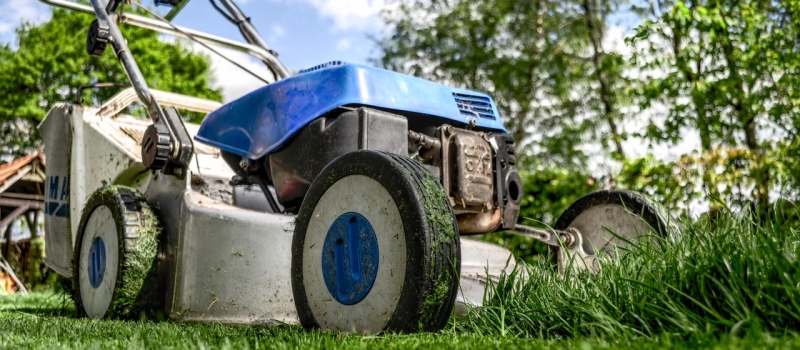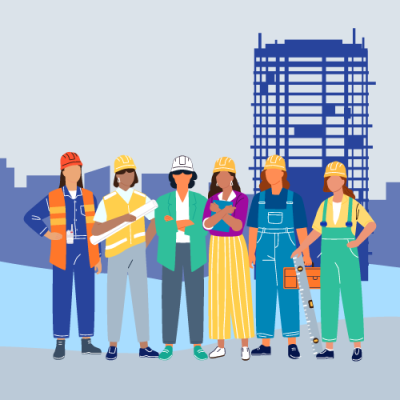Making Lawnmower Safety a Priority This Summer
Friday, May 14, 2021 Brenda Griffin

The statistics tell the gruesome story - it’s estimated that 9,400 children are injured each year by lawnmowers. Lawnmowers cause between 12% to 29% of all pediatric traumatic amputations AND are the leading cause of toe and foot amputations! Half of these injuries require hospital stays. Annually, approximately 75 people die from lawnmower related injuries.
Since it’s May and lawnmower use will be ramping up between now and October, it’s crucial that operators safely operate these power tools both at work and at home. Below are safety tips to review:
- Always walk the area before mowing. Look for hazards, such as water at the bottom of a slope or large rocks and debris or dropâ€offs, including anything that could affect traction. If the soil is sandy, it’s not going to be as stable; turf grass length will also affect traction, as well as whether turf is wet or dry.
- Depending on the slope angle and the riding mower you are using, it may be possible to traverse a slope horizontally. But it is usually recommended that you mow in an upâ€andâ€down pattern to minimize the potential for tipping the mower.
- Mow across slopes with a push mower to avoid pulling the mower over your feet if you happen to slip. Do not cut wet grass.
- Never carry passengers on a riding mower.
- Do not mow in reverse on a riding mower unless absolutely necessary. Always look down and behind before and while backing.
- Never direct discharged material toward anyone. Avoid discharging material against a wall or obstruction. Material may ricochet back toward the operator. Stop the blade(s) when crossing gravel surfaces.
- Do not operate the mower without the entire grass catcher, discharge guard, or other safety devices in place and working.
- Slow down before turning.
- Never leave a running machine unattended. Always turn off the blade(s), set the parking brake, stop the engine, and remove the key before dismounting. Disengage blade(s) when not mowing. Shut off engine and wait for all parts to come to a complete stop before cleaning the machine, removing the grass catcher, or unclogging the discharge guard.
- Hands and feet should never be used to touch the lawnmower blade under any circumstances, even if the mower is off. If there is debris obstructing the blade, once you clear it, the blade can quickly swing around causing serious injury.
- Operate mower only in daylight or good artificial light.
- Watch for traffic when operating near or crossing roadways.
- Always wear eye protection when operating the mower. Wear protective gloves, sturdy shoes and long pants. Never mow barefoot or in sandals or flip flops. Consider hearing protection as well.
- Follow the manufacturer’s recommendation for wheel weights or counterweights.
- Only operate lawnmowers with roll over protection bars.
- Wear the seat belt on riding mowers.
- Keep lawnmowers in good working order.
- Stay away from the engine cover as it can become very hot and cause burns.
- Do not drink alcoholic beverages before or while operating a lawnmower.
- Avoid distractions – do not talk on your phone, text or listen to music.
- Teach children to stay away from lawnmowers both during operation and while not in use.
- Children should be at least 12 years old when operating a push mower and 16 to operate a riding mower. Make sure they are properly trained and supervised with emphasis not only on operation but safety practices.
“Check yourself before you wreck yourself.” – Meg Cabot Enjoy your summer and enjoy your yard!
https://www.aaos.org/aaos-home//newsroom/press-releases/lawnmower-injuries-remain-prevalent-for-children-despite-increased-awareness/




.jpg)